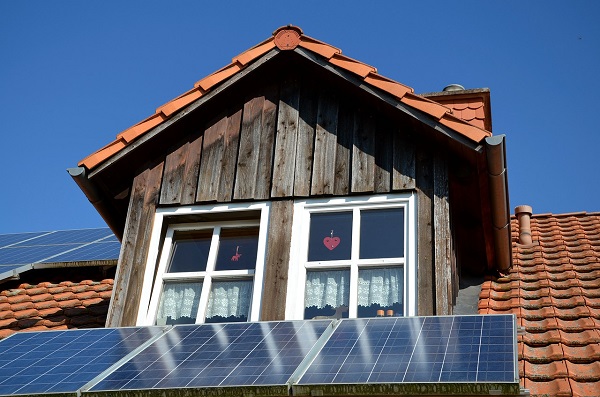
The UK’s Government Replaces Renewable Subsidy Program FIT with Smart Export Guarantee
Originally posted on https://www.theproche.com/2019/09/13/the-uks-government-replaces-renewable-subsidy-program-fit-with-smart-export-guarantee/
With the feed in tariff (FIT) program for produces of renewable energy, it was advantageous to sell your surplus power and receive subsidies for doing so. This initiative was recently ended and replaced with the Smart Export Guarantee, which encourages people to export energy to the grid but not to produce it in general. With the change a lot of people are asking, is it still worth it? As the need to transition to renewables becomes ever-present, critics are saying that the government isn’t encouraging green energy sources. How do these two schemes compare? What is better for the civilian? And what is better for the world?
Feed in Tariff Scheme
The FIT scheme relied on two payments. One was the generation tariff and the other was the export tariff. The former paid for all the electricity that the household generated. These rates were set by the government and depended on when you signed up to the scheme and the size of your solar PV system. While rates were high at first, it eventually became very beneficial to small producers. The latter, the export tariff, paid homeowners for the surplus they produced and exported it to the grid. The rates on exports were fixed by the government for the entire contract and were near the market price. For every household under the FIT, this paid for half of the energy generated by solar panels.
Smart Export Guarantee Scheme
The Smart Export Guarantee (SEG) is generally considered less generous and doesn’t facilitate the industry as much as FIT. Energy producers will only be paid for the energy they export, they will not have subsidies for simply producing clean energy. A smart meter is required to show exactly how much energy they are exporting to the grid. The generation tariff is eliminated, which makes it likely take a lot longer. It could take 20 years before the initial costs are covered by SEG subsidies. The export price is also not set by the government and there will be no long-term contracts. Consumers can secure short-term fixed rates or opt for a variable rate.
While the SEG is being sold as a mechanism to pay people for producing energy, it will only pay those who give energy to the government. Those who have solar PV panels, a domestic wind turbine, a hydropower setup, anaerobic digestion, and micro combined heat and power will all be eligible. All licensed energy suppliers with 150,000 or more customers must provide at least one SEG tariff. Small suppliers can also offer tariffs if they want to.
These energy producers must be certified under the Microgeneration Certification Scheme (MCS). Power suppliers may ask for you to provide this to prove that the installation meets their standards. According to the site MoneyPug, which is used as an energy comparison site, there will not be any requirement for properties to meet the minimum energy efficiency standards, unlike FIT. This allows anyone to produce energy and make money by exporting it to the grid, but it doesn’t necessarily help the situation overall.
The Transition to Renewable Energy
Supporters of green energy have been critical of this new scheme. For one, the FIT program was widely given credit for facilitating the transition into green energy and helping the industry as a whole. With so much at stake in the way of fossil fuels, the decision to make the economy less conducive to renewable energy seems counter-intuitive. Critics of SEG feel that instead of discouraging the use of solar panels, the government should be continuing on the path they laid with FIT. Since 2011, the FIT scheme has encouraged vast growth in the field of solar. Now with a less generous program, citizens won’t be as incentivized to get into the business. Small energy producers will have a harder time producing energy because they won’t be subsidized for doing their part. Instead to get subsidies you will have to contribute to the exportation onto the power grid. Whether you are skeptical about climate change or are a believer that we have limited time to change our energy system, the future is green energy and the decision to make it less advantageous for people to produce their energy not only hurts the individual, it prolongs the progress of humanity a
